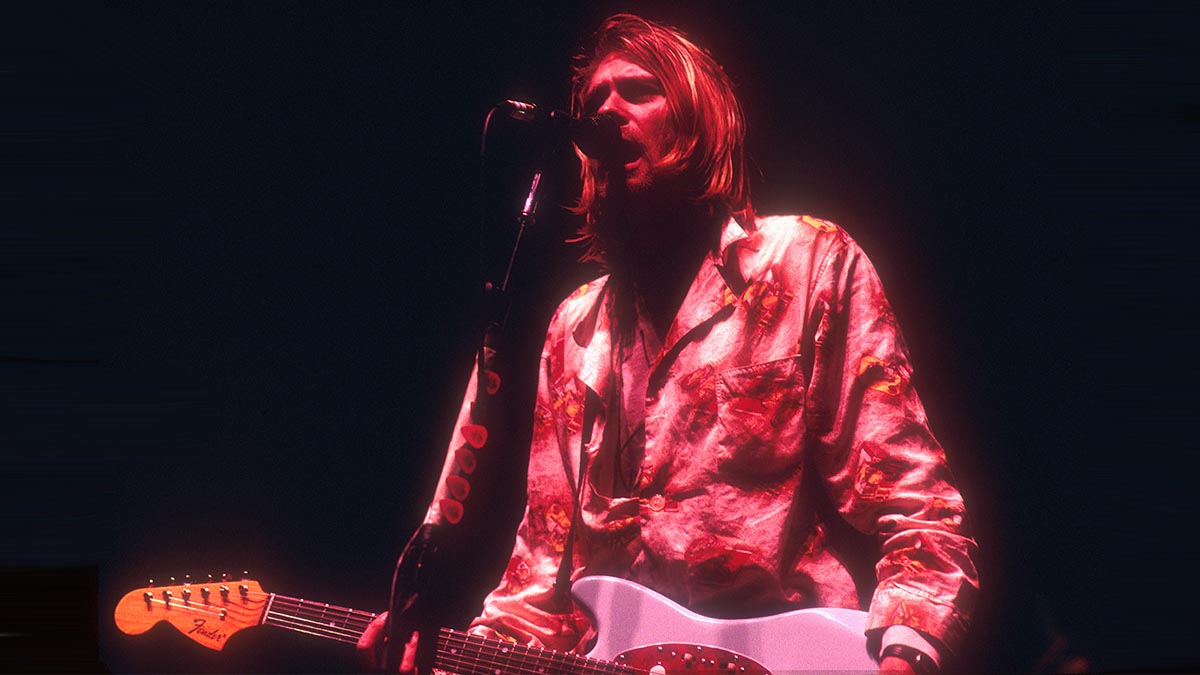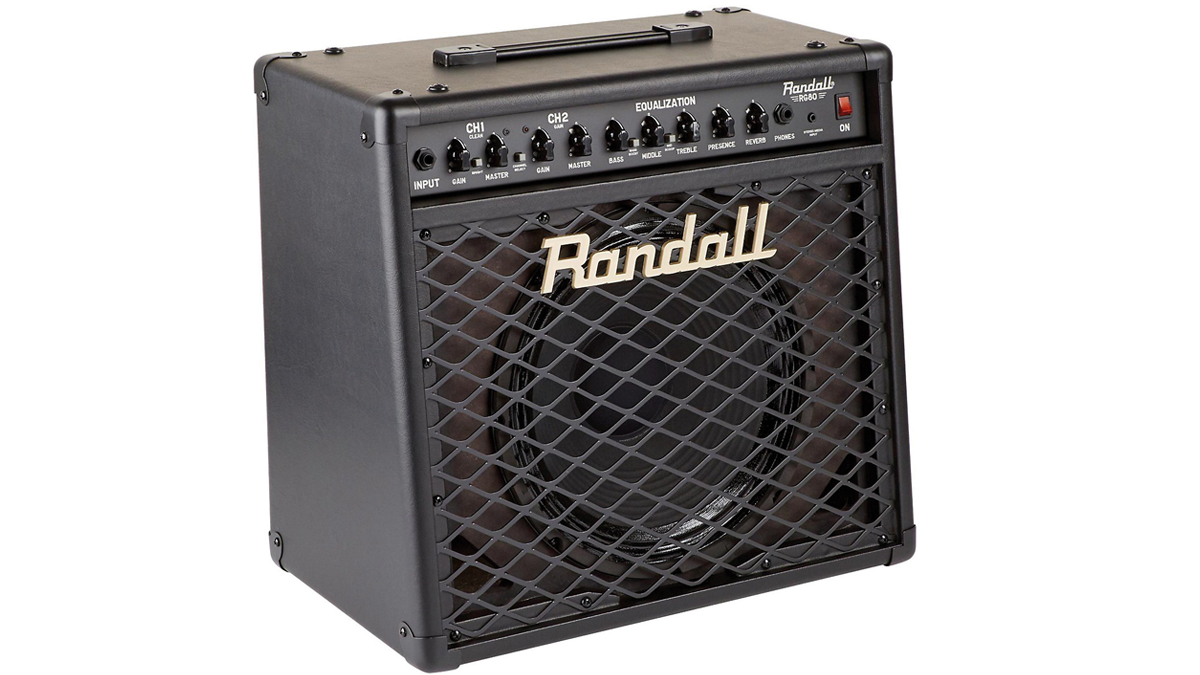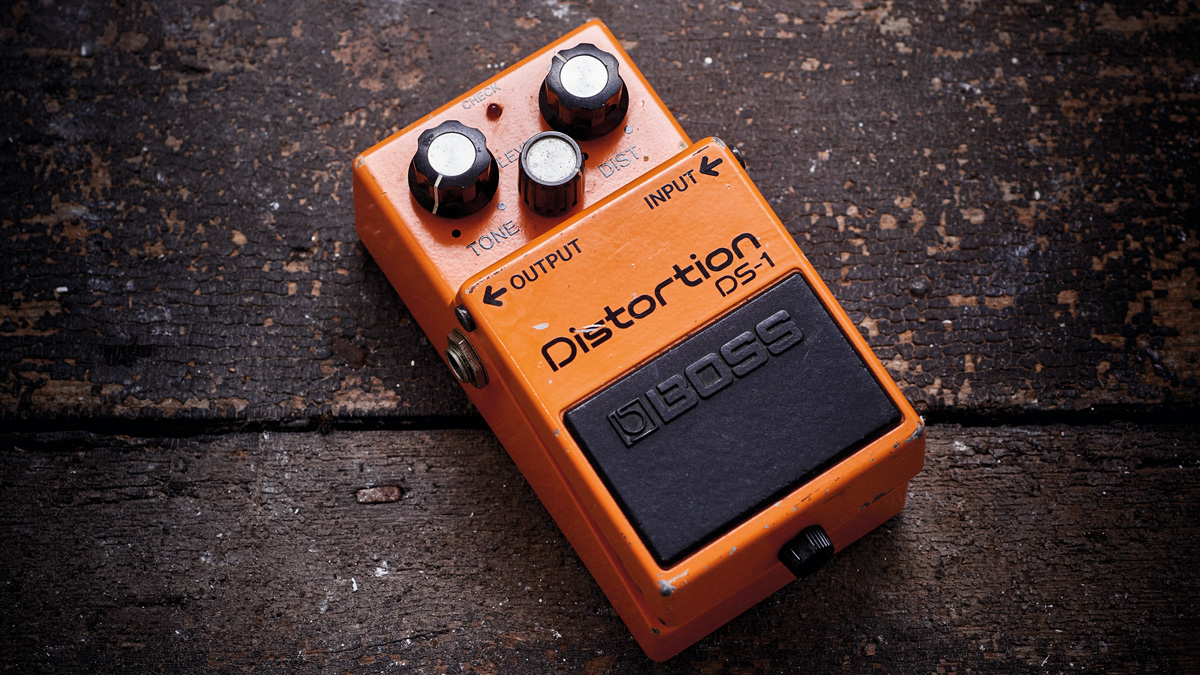The secrets behind Kurt Cobain‘s guitar tone on Nirvana‘s Smells Like Teen Spirit
How Cobain changed popular music forever with a modded Strat, a Mesa/Boogie and a couple of everyday stompboxes

The effect that Nirvana’s sophomore album Nevermind had upon popular music a few months after its release on September 24, 1991, cannot be overstated.
By January 11, 1992, it knocked “the king of pop” Michael Jackson out of the #1 spot on the Billboard 200 album chart while simultaneously hammering a final nail in the coffin for hair metal’s reign as grunge began to dominate hard rock in the early '90s.
However, Nevermind’s influence reached well beyond the burgeoning Seattle grunge scene, ushering in mainstream acceptance of alternative rock and punk as well.
Smells Like Teen Spirit, Nirvana’s first single from Nevermind, succeeded largely because it brought together diverse elements – the raw power of punk, the heavily distorted guitar sonics of thrash and surprisingly sophisticated pop melodies – into a cohesive whole that resonated with a large audience of listeners.
Judging from live performance videos shot directly before and after the Nevermind sessions, Cobain used a Fender Stratocaster with a Seymour Duncan JB humbucker installed at the bridge position to record the song.
Kurt Cobain said that the song’s arrangement was inspired by the contrasting “soft and quiet, then loud and hard” dynamics of the Pixies, and he effectively employed a palette of clean, chorused and distorted guitar tones to achieve that effect.
Before entering Sound City to record the album, Cobain put together a simple but effective rig consisting of a Mesa/Boogie Studio preamp, Crown Power Base 2 power amp and several Marshall 4x12 cabinets, which provided the volume output he wanted onstage.
All the latest guitar news, interviews, lessons, reviews, deals and more, direct to your inbox!
GUITAR: Early-'90s Japanese Fender Stratocaster with rosewood neck and Seymour Duncan JB bridge humbucker (bridge pickup), Volume: 10
AMPS: Mesa/Boogie Studio preamp (Rhythm channel, Volume: 6, Master: 5, Treble: 6, Bass: 3, Middle: 8, Reverb: 0, Rhythm Bright: On, EQ: In, 80: +3, 240: -2, 750: 0, 2200: +5, 6600: +3), Crown Power Base 2 power amp, Marshall 1960B 4x12 cabinet with Celestion G12T-75 speakers
EFFECTS: Boss DS-1 (Tone: 4, Level: 10, Distortion: 7), Electro-Harmonix Small Clone (Rate: 5, Depth switch: Up)
STRINGS/TUNING: Dean Markley Nickel Steel .010-.052/Standard
PICK: Jim Dunlop Tortex standard .60mm (orange)
Instead of using the Mesa preamp’s two channels, he preferred to play through the rhythm channel on a clean setting and use a Boss DS-1 Distortion pedal as his dirty channel.
His only effect on the song was an Electro-Harmonix Small Clone chorus, played clean on the verses and in conjunction with the Boss distortion on the pre-choruses and solo.
While the Studio preamp, Boss DS-1 and Small Clone provide the essence of Cobain’s guitar tones on the song, several other production flourishes influence the finished recorded sound.
Most importantly, the distorted rhythm guitar tracks were overdubbed, layered and panned for a wider sonic imprint, and mixing engineer Andy Wallace (who Cobain chose from a list of candidates because he worked with Slayer) sculpted the EQ on those guitar tracks with an upper midrange boost around 2.5-3kHz and a lower midrange cut from 1kHz-500Hz.
Get the Sound, Cheap!
Squier Classic Vibe ’70s Stratocaster HSS

Randall RG80 1x12 combo

Boss DS-1
TONE TIP: Since the Boss DS-1 provides the bulk of the distorted tone character, an amp with good clean tones and versatile EQ like the Randall provides a solid base.

Electro-Harmonix Small Clone

Seymour Duncan JB bridge humbucker

Chris is the co-author of Eruption - Conversations with Eddie Van Halen. He is a 40-year music industry veteran who started at Boardwalk Entertainment (Joan Jett, Night Ranger) and Roland US before becoming a guitar journalist in 1991. He has interviewed more than 600 artists, written more than 1,400 product reviews and contributed to Jeff Beck’s Beck 01: Hot Rods and Rock & Roll and Eric Clapton’s Six String Stories.


